Documenting quilters leads to photographic journey
In 2011 I got a gig with the Arizona Historical Society documenting a show it was putting together for the Arizona Centennial. It was called 100 Years, 100 Quilts and it featured the work of quilters from all over the state – young and old. Even a young boy who also happened to be a drag racing prodigy.
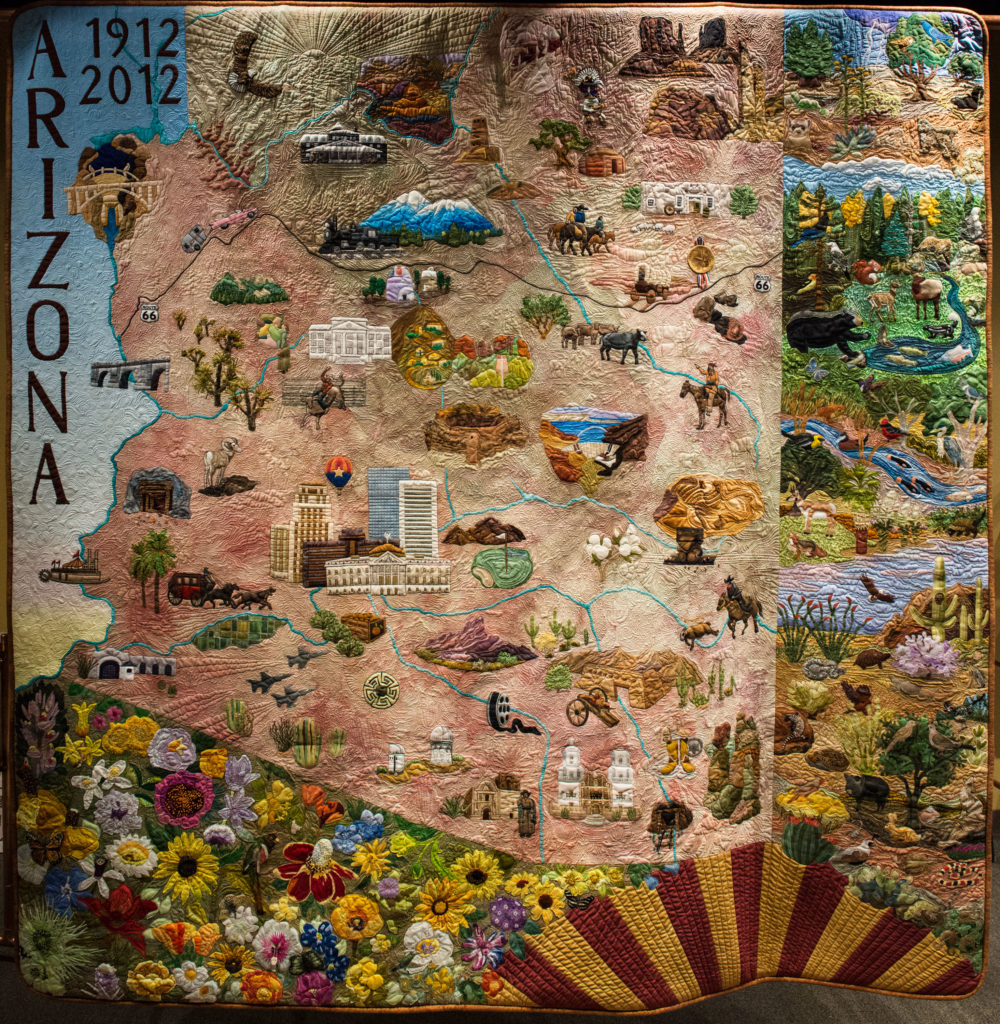
Then–director Anne Woosley asked me to photograph each quilt and videotape the process of the women bringing them all into the Tucson and Tempe branches, over a couple of days. One by one the AHS staff mounted the quilts and I shot each, by itself and then with the quilter.
Honestly, I hadn’t worked much with a still camera since the 1980s and I was no gifted artist. But I slugged through it and did the best I could. Now I look back at those photos from the perspective of one who’s shot a few more things and think, “I should have lit this differently. I should have used a different lens.” I can tear it apart all I want but it was fine. The quilters liked what I did. But I’ll confess I’d like another crack at shooting a big quilting show like that someday.
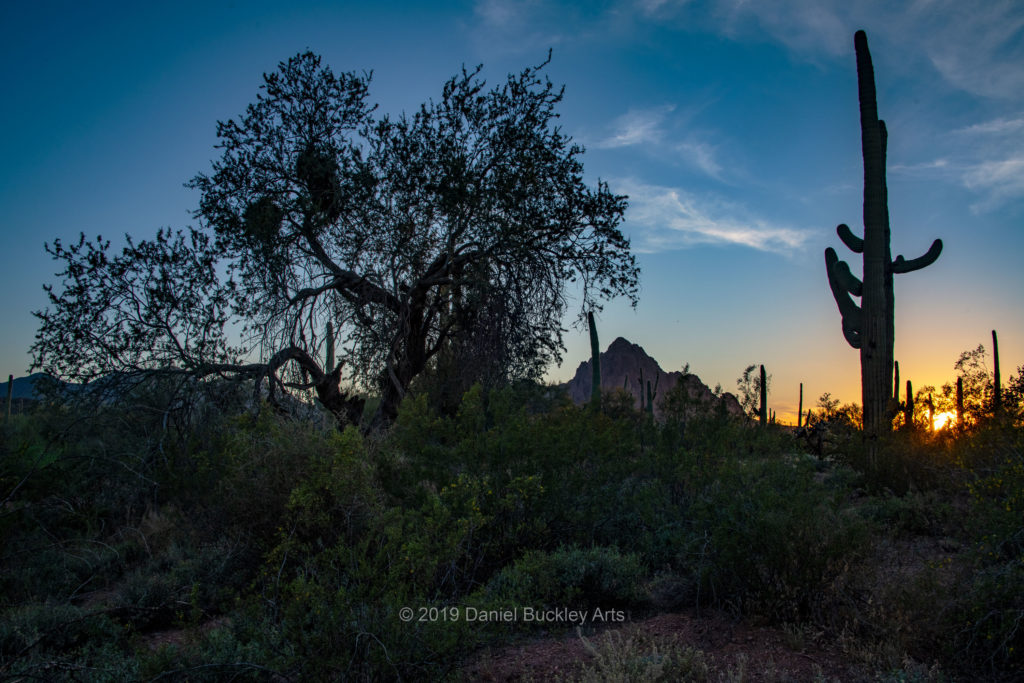
The quilts were spectacular. Some were absolute works of art as good as anything in the contemporary gallery world. All were remarkable in their own way. The textures, colors, shapes and ideas were layered into the story-laden fabric. Each was its own tale, with its own back-story. Collectively they spoke volumes of Arizona 100 years after its birth.
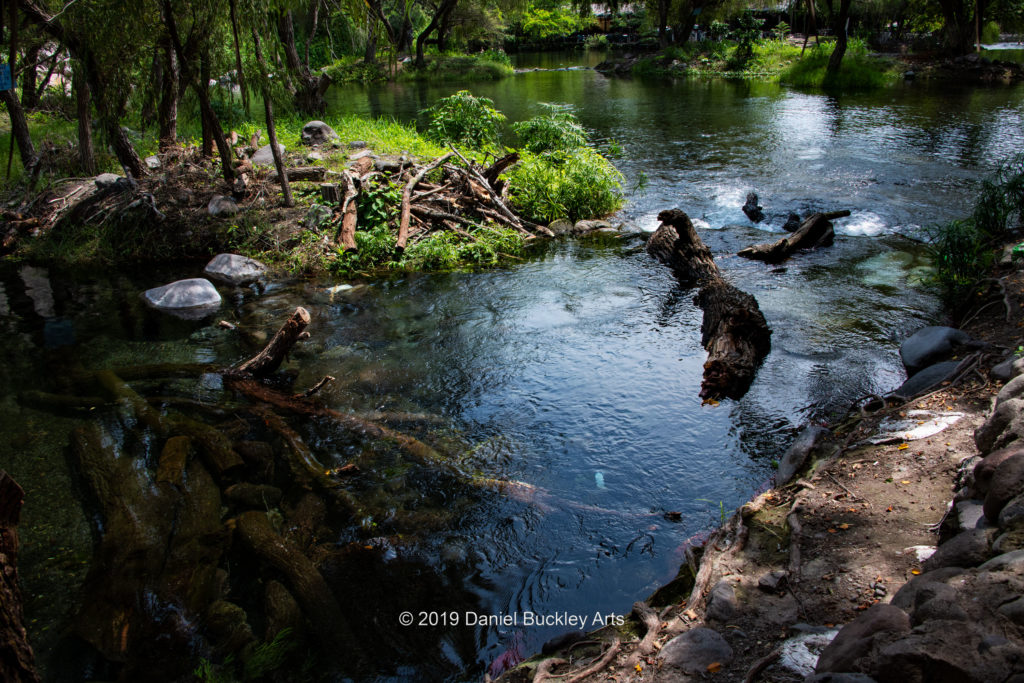
I was also asked to individually interview a handful of the quilters and put together an hour-long documentary on the show. It was a joy to do and in doing so I met a community of artists I still keep in touch with.
A year later I found myself creating video content for the state centennial website, “The Arizona Experience,” and got to travel around the state shooting stills and video. I had a few other gigs that year and at years end realized I’d have a hefty tax bill if I didn’t buy something I needed for my work. So I bought a SERIOUS still camera, thinking I’d use it as a second angle video camera.
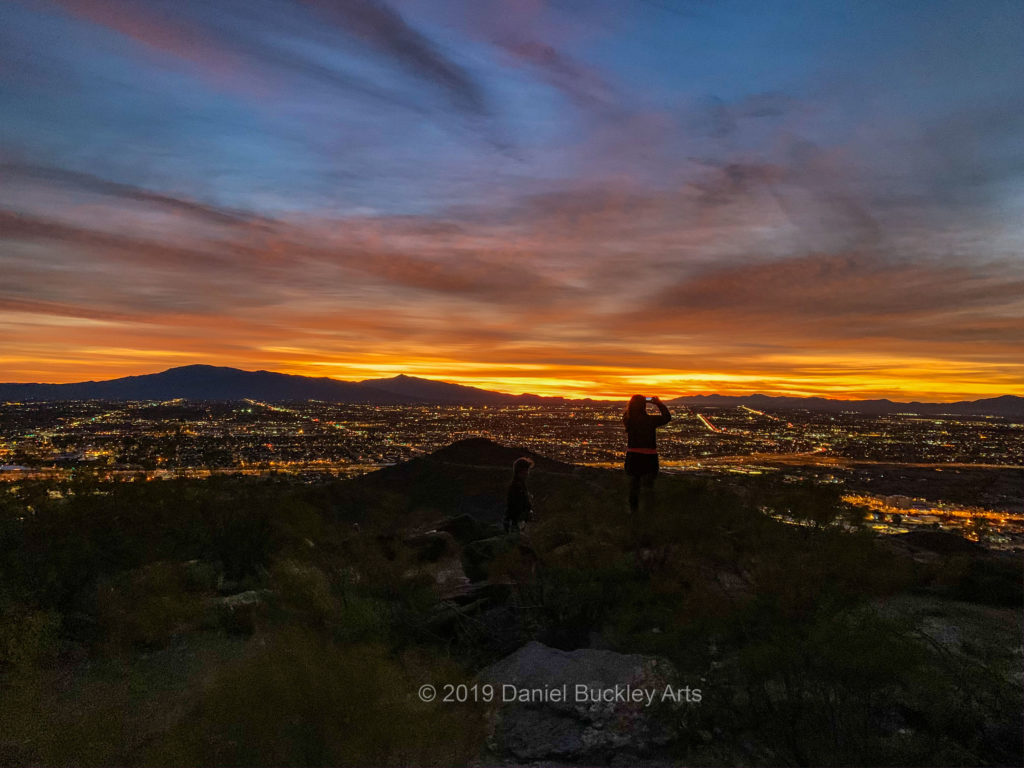
The camera’s menus were like those of a battleship and I had no clue what all of that stuff meant. But I am the son of my father and when my dad didn’t know how to do something he’d either get a book from the library or take a course. Sometimes both. So I signed up for a digital photography class taught by Joey Rheaume.
I figured I might pick up two or three things, beyond what menus I actually needed to pay attention to. But every class brought stuff I’d never thought about. And I had to shoot all week in between classes. It made me experiment with the camera and my environment. It started me seeing the world in a completely different way. And it made my work as a videographer and filmmaker immensely more meaningful. Joe was a great teacher and a real inspiration. His own work was singular, solid and sometimes a little twisted. I loved it The experience of studying with Joe was nothing like I’d expected. It was revelatory.
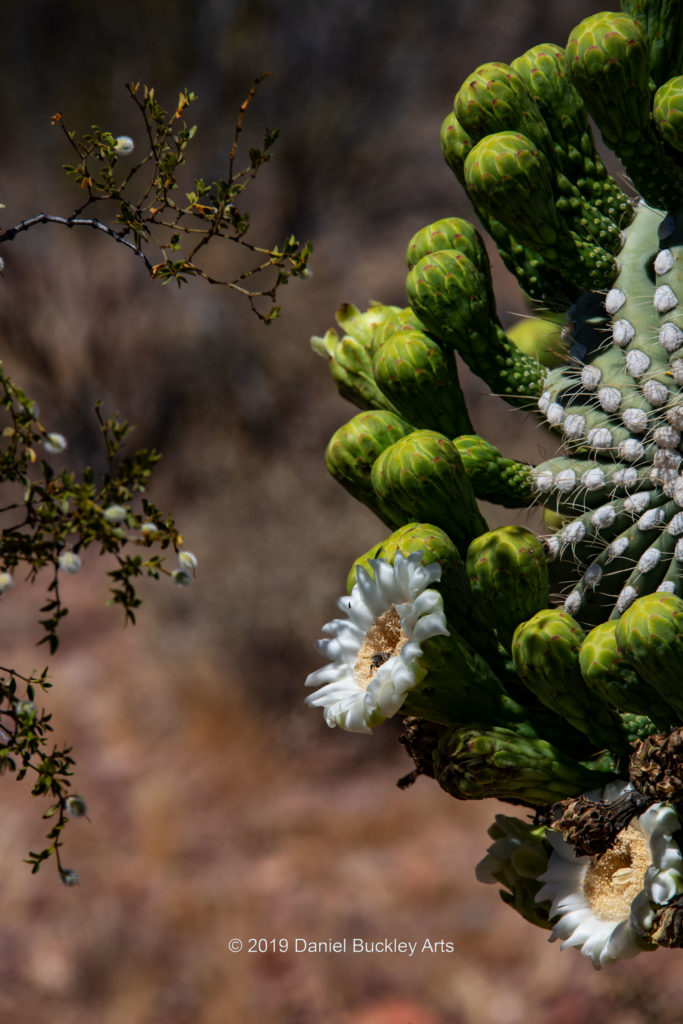
One of the many things I learned from Joe was the value of creating photographic series, extending a thought over a much broader period of time and seeing how both the subject and the person behind the camera evolve. That brought me back to an experience from my Arizona Centennial work days when I met a painter named Bruce Aiken who made the Grand Canyon his life’s work. Aiken lived in the canyon for decades. Chances are if you see a painting of the canyon that blows you away, it’s one of his. Aiken told me about how the first couple of years that he lived in the canyon he left his paints behind. Instead, he brought a sketchbook that he filled with the plants, animals, birds and geological features of the canyon. He watched how sun angles and the quality of light changes over time. And I’ll bet he could probably tell you what time of year he created each painting just from that knowledge.
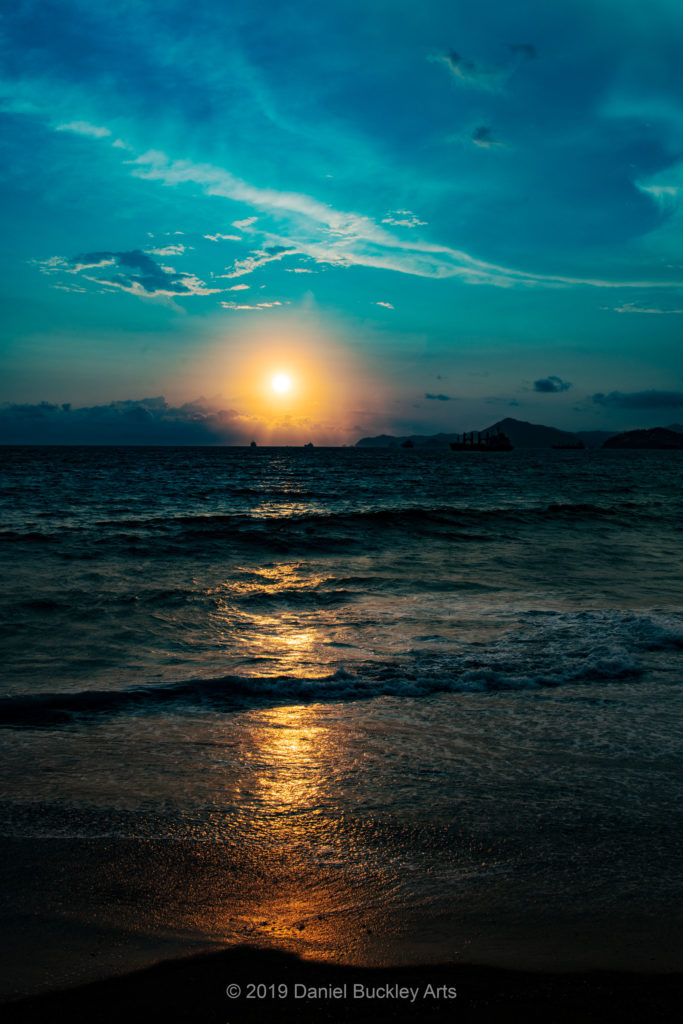
Increasingly I find myself wanting to be more methodical about the subjects I shoot. In the mariachi and Folklórico work, it takes care of itself. Time goes on and by just showing up I see generations growing in talent and confidence. But as I tote my camera up Tumamoc now and then on my bi-weekly hikes I see the outlines of what both Aiken and Joe were talking about. The same with Ironwood Forest and Raggedtop. The time of day and time of year, how recently it’s rained, how long it’s been dry all change familiar places before your eyes.
About seven years after my classes with Joe I am surprised to see how much I’ve embraced what I learned and how I look forward to every opportunity to head out with my camera. I love the challenges of it. I love thinking through what time of day I have to work, of searching out vantage points and discovering the spectacular ballet of astronomy, biology, physic and humanity that is life in our desert home. I go back and look at photos I posted in other years, as well as more recent work. Some of it is not bad.
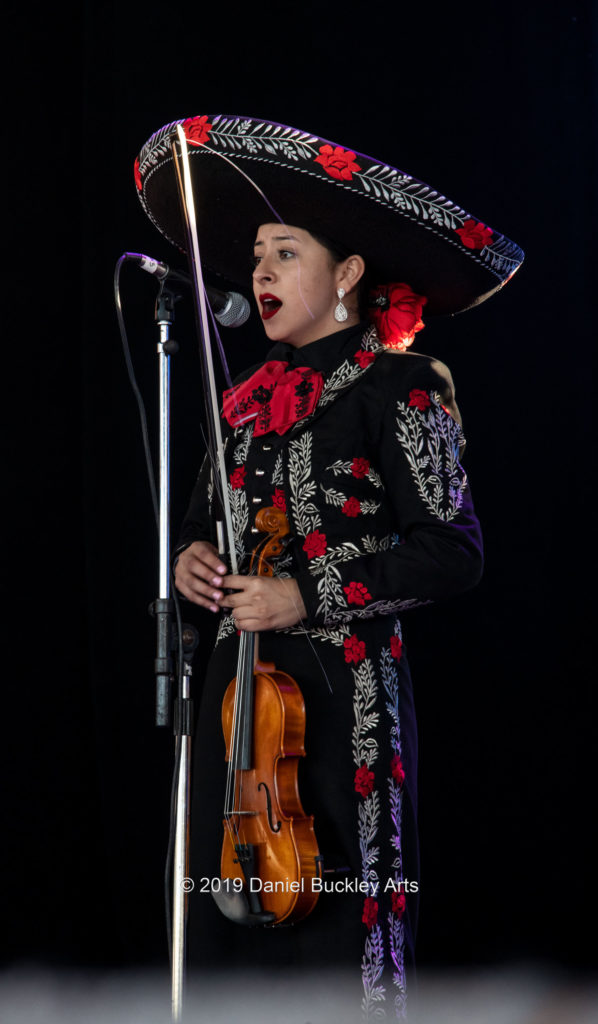
I’ve been very lucky to live in a town of diverse culture and rich history, surrounded by beautiful mountains and deserts. Lucky as well to occasionally get to hit the road and see something new. And to have two long-term partners in crime – Laura Milkins and Michelle Bos – for art projects that grow deeper and richer with time, life and experience.
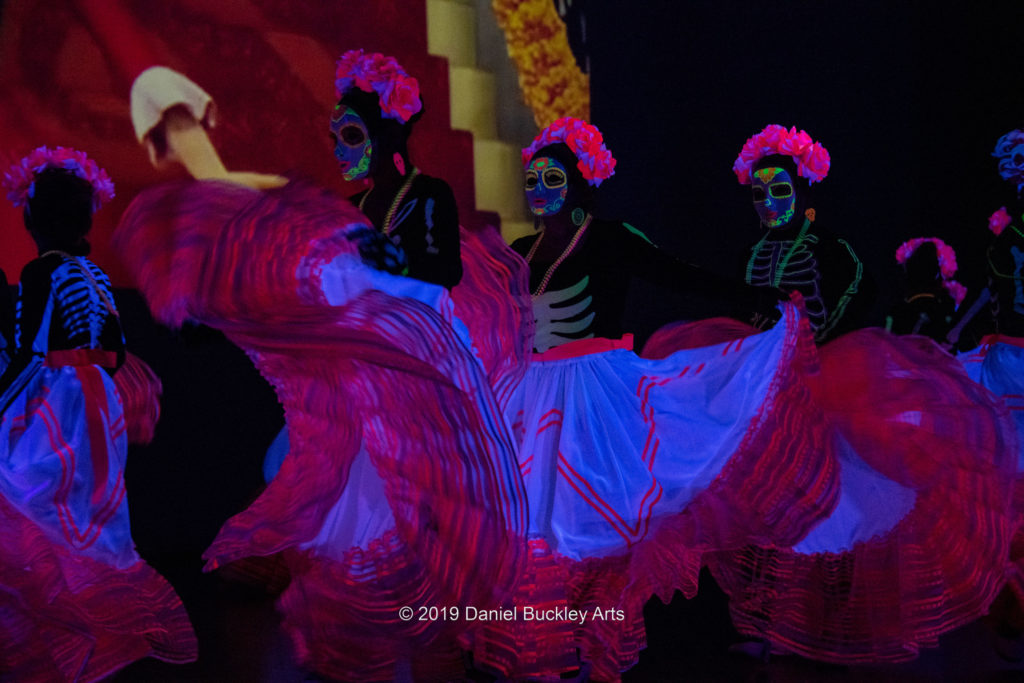
Photography requires a working knowledge of light and shadow, composition and spontaneity. It is technically complex and fundamentally beautiful. Sometimes it all falls into place, sometimes you have to really work at it, and always there are the shots that got away. But over time the technical aspects become less distracting, and the artistry technical mastery facilitates becomes more organic and free-flowing.
As 2019 takes it’s last breaths, I find myself looking back at work I’ve shot this year. New Year’s snow. A river in Colima Mexico. Memories of Tumamoc and Raggedtop. A cloudless sunset over a Marana alfalfa field. Musicians and dancers. Weddings, memorials, quinceaneras, family gatherings. Graduations! Beautiful places. Extraordinary people. Kids of all ages.
There are a few good shots in there. More than last year, which in turn had more than the year before. That’s how this goes. The more you do it the less shameful your body of work becomes.
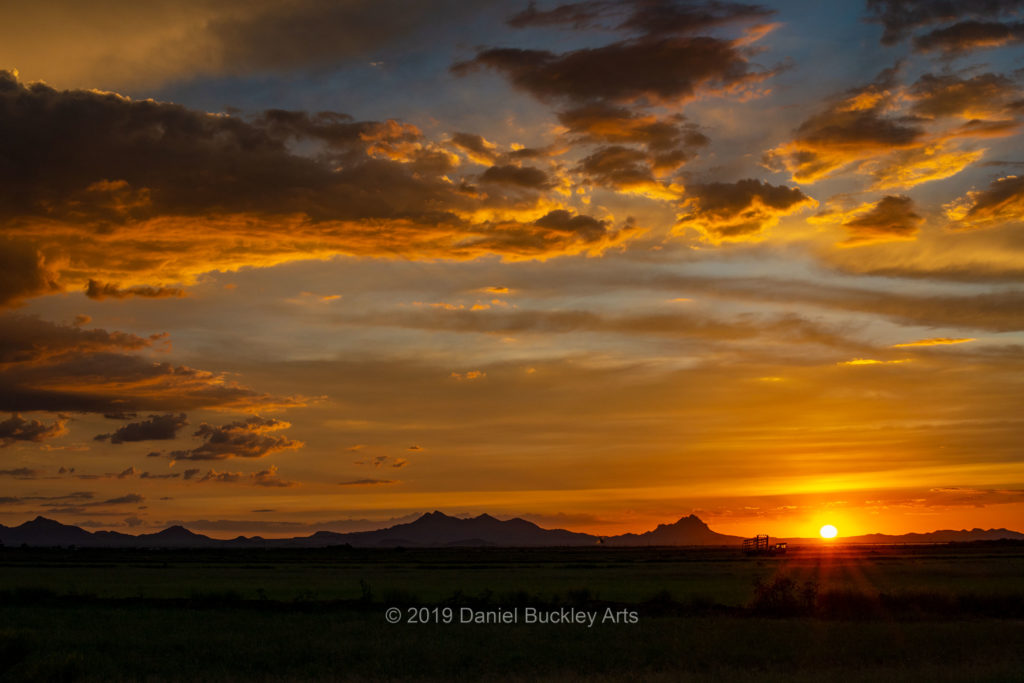
I am lucky to live in the age of Facebook where I can see work of Sean Parker, Howard Paley, Steven Meckler, Tom Willettt, Bill Lesch, Sway SaraWay, Gary Gary O’Brien, Neal Savage, Mochi Greyrich, Keith Marroquin, Michael Bend and so many others who do spectacular work. It is inspiring.
Years ago when I was working in a record store in El Con I had a wonderful old customer – a very distinguished retired English teacher from NYC named Jacob Solovay. I can’t recall whether it was his 75th or 80th birthday but he invited me to his home where, for a small gathering of family and friends, he played works of Bach, Schubert and Debussy on piano and flute, quite well I might add. “I play for my own amazement,” he said with a twinkle in his eye, adding that he’d been playing both instruments for less than five years each. My excuses vanished.
I think of him quite often and smile as I get a first glimpse of the photos I’ve shot on a given day on a decent monitor. No one is more shocked than I am when a good one pops up on the screen.
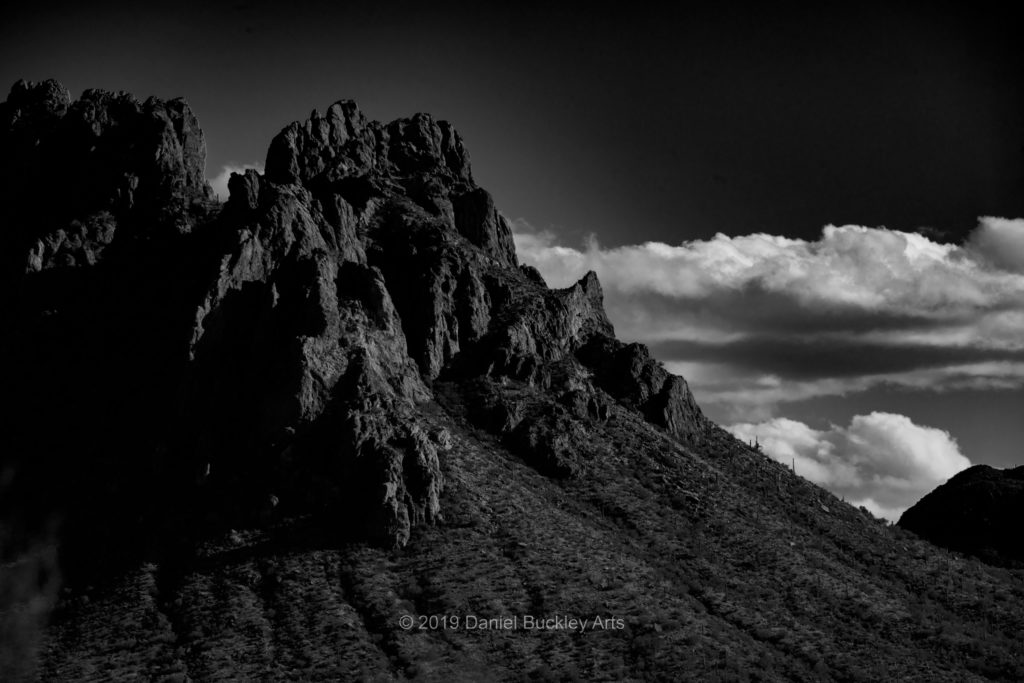
And so I continue to plug away at it, knowing that the photos I make today are better than what I could create five years back and worse than what I will do five years from now. That’s good enough. Grateful to all of you who watch this unfold with me. And to Anne Woosley for accidentally kicking off an artistic pursuit I likely never would otherwise have returned to.
